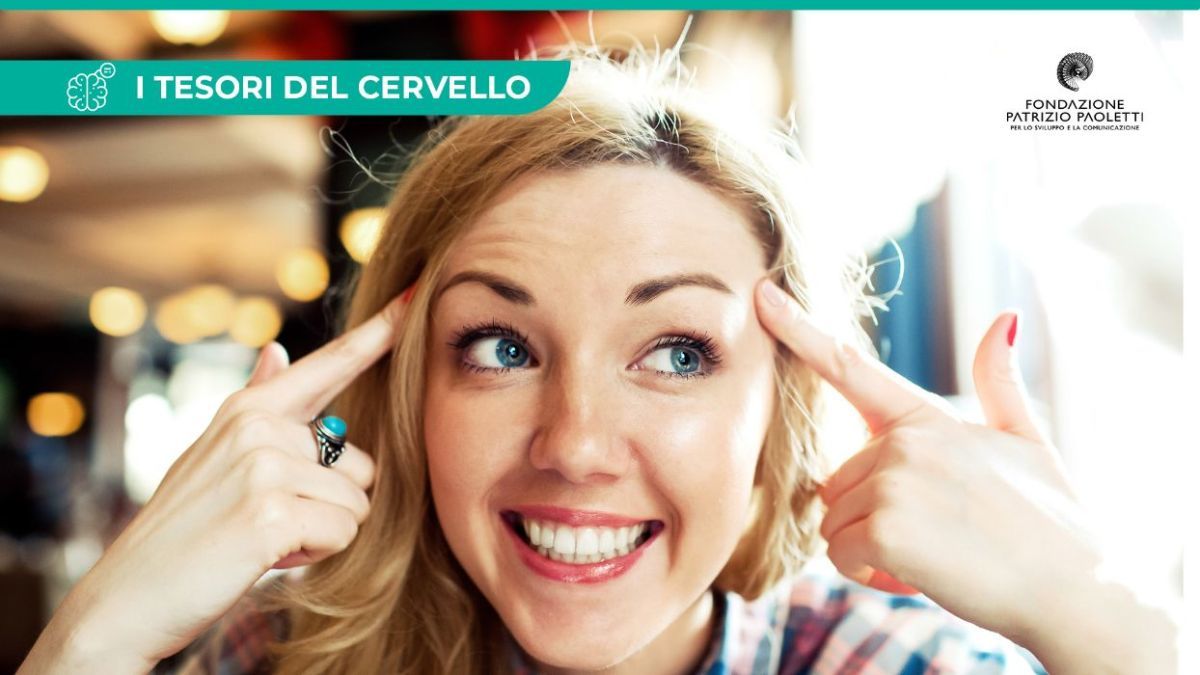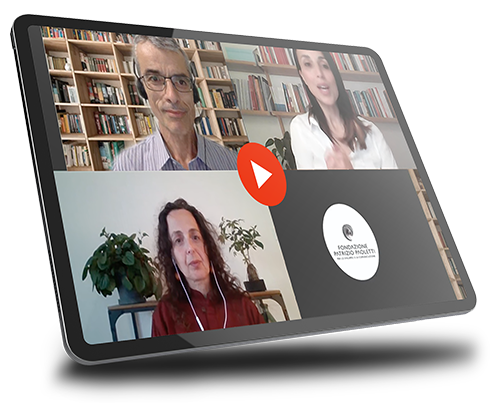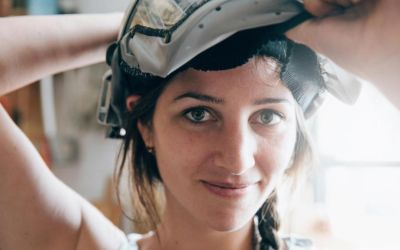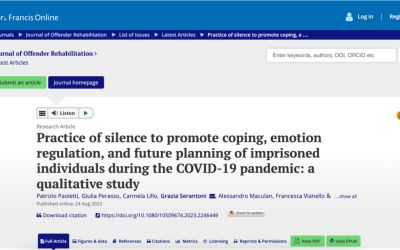
Neuroscienza dell’autostima: 5 consigli per valorizzarci
Cosa dice la ricerca neuroscientifica
Sebbene l’autostima sia molto studiata nelle scienze comportamentali, le sue basi neuroanatomiche sono ancora poco conosciute. Ad esempio, la riduzione dell’autostima è stata associata a una maggiore attività cerebrale nelle regioni dell’insula anteriore e della parte dorsale della corteccia cingolare anteriore, le stesse regioni che hanno dimostrato di essere attivate da esperienze di rifiuto sociale e di essere collegate con il disagio verso sé stessi.
Queste regioni cerebrali sono state osservate da Naomi Eisenberg e colleghi, che hanno ipotizzato che nel cervello esista un meccanismo che hanno chiamato “sociometro”, un meccanismo che tradurrebbe le percezioni di rifiuto o accettazione da parte degli altri in autostima. Dalle loro ricerche è emerso che gli individui possono avere attitudini diverse rispetto ai feedback sociali, con maggiore o minore attività nella corteccia prefrontaleLa corteccia prefrontale svolge un ruolo fondamentale in num... Leggi, area associata in generale ai processi autoriferiti. La differenza nell’elaborazione del feedback sociale potrebbe essere collegata al concetto di “locus of control” interno o esterno.
I risultati preliminari di un’altra ricerca del Dartmouth College mostrano, infatti, che l’autostima duratura è correlata con una maggiore connessione in termini di materia bianca tra la corteccia frontale e lo striato ventrale, area coinvolta nella sensazione di gratificazione e il così detto “locus of control” interno. Si parla di locus of control interno quando una persona attribuisce a sé stessa potere sugli eventi, in opposizione ad un locus of control esterno, che si ha quando si tende a demandare la responsabilità di ciò che accade fuori di noi.

AUTOSTIMA
Guarda il webinar e scopri come promuoverla in classe e in famiglia
"*" indica i campi obbligatori
In sintesi, possiamo dire che, secondo queste ricerche, l’autostima va di pari passo con l’aumento del volume di materia grigia nelle regioni cerebrali responsabili delle risposte di adattamento agli eventi che generano stressCos’è lo stress? Dal punto di vista clinico, lo stress è... Leggi e l’incremento di quella bianca nelle aree che connettono i processi autoreferenziali con la gratificazione. Queste modificazioni cerebrali appaiono correlate, da un punto di vista psicologico, con l’attribuire a noi stessi capacità di incidere sugli eventi della nostra vita.
Qui si cela, però, anche un rischio e l’attribuzione a noi stessi di capacità può ritorcersi contro di noi. È necessario apprendere l’arte della mediazione tra il sé ideale, immagine di noi alla quale tendiamo ad attribuire massima capacità e il sé attuale che esperiamo ogni giorno. Il processo di mediazione ci può portare a trovare quel punto intermedio in cui ci avviciniamo alle nostre aspirazioni, senza cadere in frustrazioneLa frustrazione, dal punto di vista neuroscientifico e psico... Leggi, ma realizzando invece risultati concreti che costituiranno solido fondamento per la nostra auto-valutazione.
In quest’ottica, Moffit e colleghi hanno rilevato come il concetto di autocompassione, inteso come concentrarsi su gentilezza, compassioneLa compassione è un’emozione positiva che si manifesta qu... Leggi e comprensione verso sé stessi, risulti più efficace del semplice concentrarsi sulle proprie qualità positive, per migliorare, ad esempio, l’insoddisfazione verso il proprio corpo.
Ecco, quindi, 5 consigli basati sulla ricerca sull’autostima, per applicarla in senso didattico:
- Praticare l’accoglienza di sé non in un senso passivo o acritico, ma facendo della gratitudineLa gratitudine, un'emozione positiva legata al riconosciment... Leggi per la vita la base della mia autovalutazione. Se realizzo che il solo fatto che la vita scommette su di me è un enorme valore, questo mi supporterà nell’auto-valutazione.
- Proporsi obiettivi raggiungibili, permettendo così al cervello di acquisire riferimenti solidi di capacità, che possono essere valutati su una scala di misura.
- Aver cura delle memorie praticando la riflessione attiva. Il cervello fa riferimento alle memorie per valutare, ma queste non sono immodificabili, possono essere ripercorse e rivalutate per contemplare nuovi punti di vista sugli eventi.
- Coltivare relazioni positive nelle quali ci si evidenzi reciprocamente capacità e valore in modo supportante, senza temere le critiche
- Aiutare gli altri quando si può è non solo un’azione socialmente utile, ma anche una conferma a sé stessi del nostro valore in quanto capaci di dare.
Agroskin, D., Klackl, J., & Jonas, E. (2014). The self-liking brain: a VBM study on the structural substrate of self-esteem. PloS one, 9(1), e86430.
DeWall, C. N., MacDonald, G., Webster, G. D., Masten, C. L., Baumeister, R. F., Powell, C., … & Eisenberger, N. I. (2010). Acetaminophen reduces social pain: Behavioral and neural evidence. Psychological science, 21(7), 931-937.
Donnellan, M. B., Trzesniewski, K. H., & Robins, R. W. (2011). Self-esteem: Enduring issues and controversies.
Eisenberger, N. I., Lieberman, M. D., & Williams, K. D. (2003). Does rejection hurt? An fMRI study of social exclusion. Science, 302(5643), 290-292.
Eisenberger, N. I., Taylor, S. E., Gable, S. L., Hilmert, C. J., & Lieberman, M. D. (2007). Neural pathways link social support to attenuated neuroendocrine stress responses. Neuroimage, 35(4), 1601-1612.
Eisenberger, N. I., Inagaki, T. K., Muscatell, K. A., Byrne Haltom, K. E., & Leary, M. R. (2011). The neural sociometer: brain mechanisms underlying state self-esteem. Journal of cognitive neuroscience, 23(11), 3448-3455.
Erol, R. Y., & Orth, U. (2011). Self-esteem development from age 14 to 30 years: a longitudinal study. Journal of personality and social psychology, 101(3), 607.
James, W. (1890). The Principles Of Psychology Volume II By William James (1890).
Kross, E., Egner, T., Ochsner, K., Hirsch, J., & Downey, G. (2007). Neural dynamics of rejection sensitivity. Journal of Cognitive Neuroscience, 19(6), 945-956.
MacDonald, G., & Leary, M. R. (2012). Individual differences in self-esteem.
Masten, C. L., Eisenberger, N. I., Borofsky, L. A., Pfeifer, J. H., McNealy, K., Mazziotta, J. C., & Dapretto, M. (2009). Neural correlates of social exclusion during adolescence: understanding the distress of peer rejection. Social cognitive and affective neuroscience, 4(2), 143-157.
Meier, L. L., Orth, U., Denissen, J. J., & Kühnel, A. (2011). Age differences in instability, contingency, and level of self-esteem across the life span. Journal of Research in Personality, 45(6), 604-612.
Moffitt, R. L., Neumann, D. L., & Williamson, S. P. (2018). Comparing the efficacy of a brief self-esteem and self-compassionCos’è la Self Compassion? La self-compassion è un concet... Leggi intervention for state body dissatisfaction and self-improvement motivation. Body Image, 27, 67-76.
Onoda, K., Okamoto, Y., Nakashima, K. I., Nittono, H., Ura, M., & Yamawaki, S. (2009). Decreased ventral anterior cingulate cortex activity is associated with reduced social pain during emotional support. Social neuroscience, 4(5), 443-454.
Robins, R. W., Trzesniewski, K. H., Tracy, J. L., Gosling, S. D., & Potter, J. (2002). Global self-esteem across the life span. Psychology and aging, 17(3), 423.
Shaw, B. A., Liang, J., & Krause, N. (2010). Age and race differences in the trajectories of self-esteem. Psychology and Aging, 25(1), 84.
Wagner, J., Gerstorf, D., Hoppmann, C., & Luszcz, M. A. (2013). The nature and correlates of self-esteem trajectories in late life. Journal of personality and social psychology, 105(1), 139.
Sii parte del cambiamento. Condividere responsabilmente contenuti è un gesto che significa sostenibilità
Alleniamo l'intelligenza emotivaLa prima definizione di Intelligenza Emotiva in quanto tale ... Leggi: che emozione ti suscita questo articolo?







